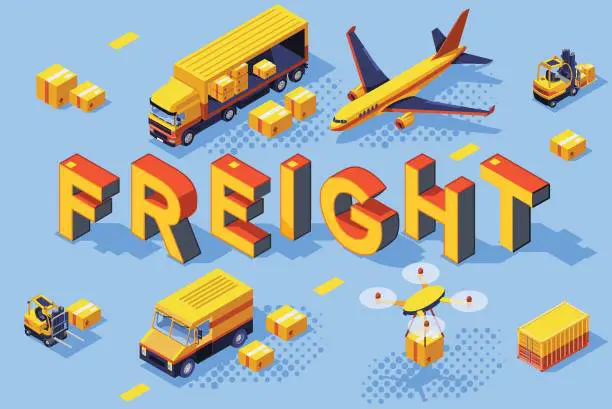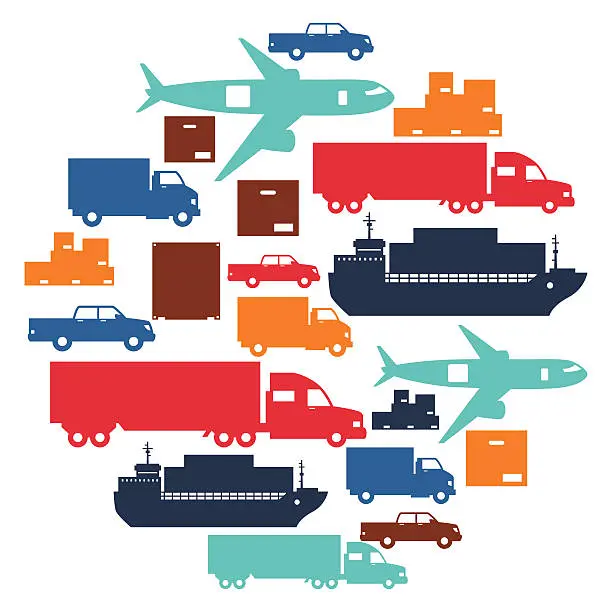
Revolutionizing Mobility: The Impact of Transportation Technology
- Admin
Innovation in transportation technology has transformed the way we move people and goods, revolutionizing mobility and reshaping entire industries. From the advent of the steam engine to the rise of electric vehicles and autonomous drones, technological advancements have continually pushed the boundaries of what's possible in transportation. In this article, we'll explore the diverse range of transportation technologies driving this transformation and their far-reaching implications for the future of mobility.
The Evolution of Transportation Technology
Transportation technology has evolved significantly over the centuries, driven by a desire for faster, safer, and more efficient means of travel. The invention of the wheel, the development of steam-powered locomotives, and the proliferation of automobiles and airplanes are just a few milestones in this ongoing journey of innovation. Today, we stand on the brink of a new era of transportation technology, characterized by digitalization, electrification, and automation.
Key Technologies Shaping the Future of Transportation
Electric Vehicles (EVs): The shift towards electric vehicles represents a major milestone in transportation technology, offering a cleaner, more sustainable alternative to traditional internal combustion engine vehicles. Advances in battery technology, charging infrastructure, and vehicle design have made EVs increasingly viable for mainstream adoption, paving the way for a greener, more energy-efficient transportation system.
Autonomous Vehicles (AVs): Autonomous vehicles, or self-driving cars, have the potential to revolutionize transportation by eliminating the need for human drivers and improving safety, efficiency, and accessibility. While fully autonomous vehicles are still in the early stages of development and testing, rapid progress is being made in the areas of artificial intelligence, sensor technology, and vehicle-to-vehicle communication.
Hyperloop and High-Speed Rail: Hyperloop technology, pioneered by companies like SpaceX and Virgin Hyperloop, promises to revolutionize long-distance travel by propelling pods through vacuum tubes at near-supersonic speeds. Similarly, high-speed rail systems, already popular in countries like Japan and France, offer a fast, efficient alternative to air travel for medium-distance journeys, reducing travel times and carbon emissions.
Urban Air Mobility (UAM): Urban air mobility, or flying taxis, holds the potential to alleviate congestion and improve mobility in densely populated urban areas. Electric vertical takeoff and landing (eVTOL) aircraft, equipped with advanced navigation systems and autonomous flight capabilities, could enable faster, more direct transportation between city centers and suburbs.
Implications for Society and the Environment
The adoption of transportation technology carries profound implications for society, the economy, and the environment. On the one hand, these technologies promise greater convenience, accessibility, and efficiency, enabling people and goods to move more freely than ever before. On the other hand, they raise important questions about safety, equity, privacy, and the future of work in an increasingly automated world. Additionally, the widespread adoption of electric and autonomous vehicles has the potential to reduce greenhouse gas emissions, improve air quality, and mitigate the impacts of climate change.
Conclusion
Transportation technology is at the forefront of a paradigm shift in how we move people and goods, offering unprecedented opportunities for innovation, growth, and sustainability. As we continue to push the boundaries of what's possible, it's essential to consider the broader societal and environmental impacts of these technologies and to work towards creating a transportation system that is safe, equitable, and environmentally sustainable for all. By harnessing the power of technology and innovation, we can build a brighter, more connected future for generations to come.
